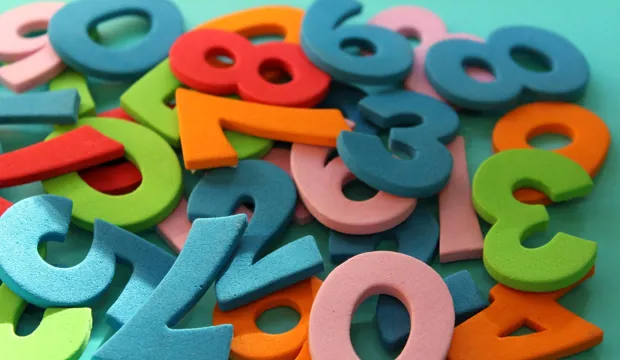
Dress up game
A dress-the-model activity to work out how many combinations of clothes are possible
In this fun and educational maths game, learners will determine the number of wearing combinations possible with a set number of clothing items.
Using multiplication principles, students will learn how to calculate the number of unique outfits that can be created by combining different tops, bottoms, accessories, and more.
This engaging activity enhances students’ mathematical skills and promotes creativity and critical thinking, making learning a delightful experience.
Activity introduction
This resource is part of a comprehensive set developed to aid the teaching of the primary national curriculum. Designed to complement key topics within maths and science, this resource centres around a “dress-the-model” activity to determine the many wearing combinations achievable with specific clothing items. By practically applying multiplication, students are encouraged to take a hands-on approach to learning, fostering a deeper understanding of mathematical concepts.
This activity can be done individually or in pairs.
Print the activity sheet on a thin card and hand it to the learners. Ensure they know the number of clothing items on the activity sheet, such as one model on a stand, one stripy shirt, one plain shirt, one pair of stripy shorts, one pair of plain shorts, a warm hat, and a summer hat.
Learners are free to add their designs and colours as they wish. They should carefully cut out the items on the sheet, ensuring they don’t accidentally cut the tabs off.
The model can be utilised in two ways – standing or placed flat on a table – with the clothing items applied accordingly. As learners experiment with different clothing combinations, they can track the number of possible options.
Learners can create a table showcasing the various combinations to organise their findings effectively. They may be guided through this process using the Dress-the-Model table slide as an example. This approach encourages students to analyse and present their results in a structured manner, enhancing their understanding of the activity’s outcomes.
The engineering context
Understanding combinations is essential in engineering, enabling engineers to optimise the production process and achieve the best cost outcomes. Regarding bicycles, which consist of numerous parts, engineers carefully determine the optimal combination of these parts to minimise production expenses while maintaining high-quality standards.
Suggested learning outcomes
By the end of this activity, students will be able to write and calculate statements for multiplication, they will be able to solve a contextual problem using multiplication, and they will be able to understand how to determine the number of wearing combinations possible using a dress-the-model activity.
Download the free activity sheet below!
All activity sheets and supporting resources are free to download, and all the documents are fully editable, so you can tailor them to your students' and your schools' needs.
Please do share your highlights with us @IETeducation.





